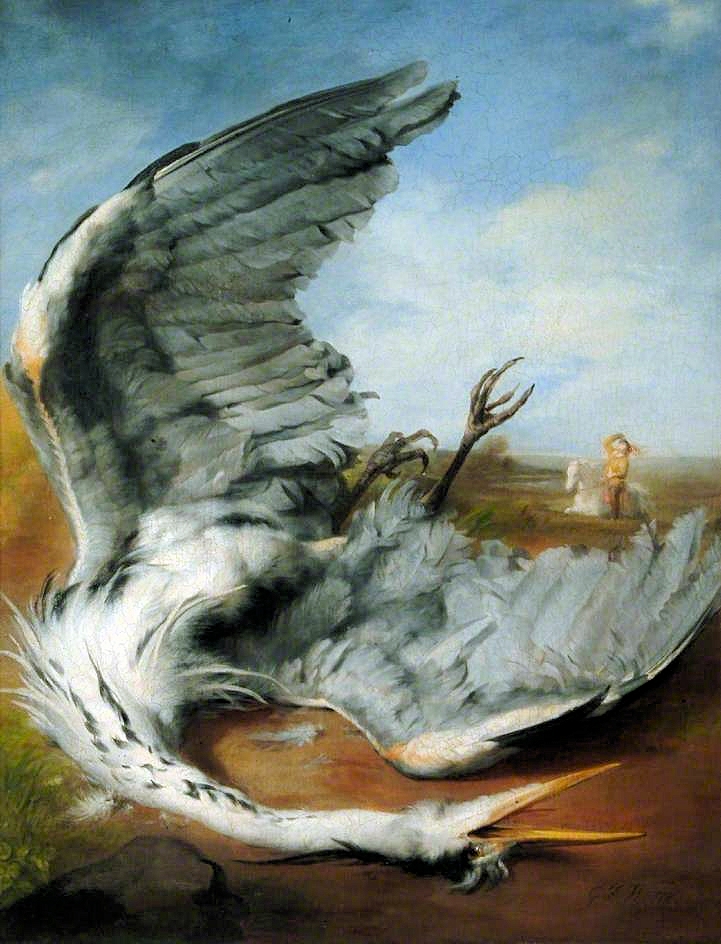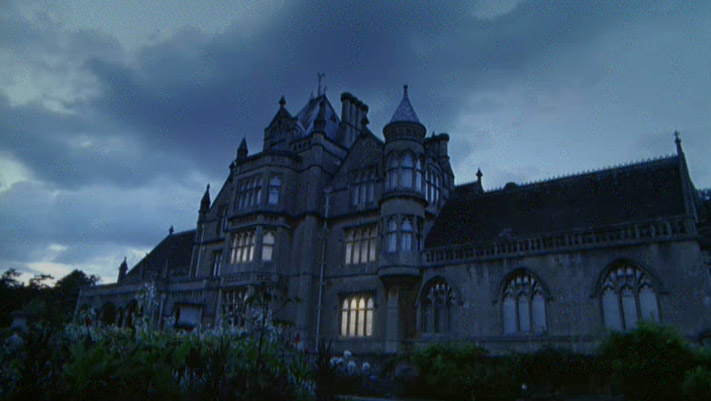JANE EYRE and the Arts

It is often instructive to look at what else was developing and popular at the time of a book’s publication. I asked two cast members to research literature, music and art of the 1840s, to better put Jane Eyre in context. Deborah Dambra and John Dunlap, both of whom play multiple roles (see cast list), provided the background information for this post.

The 19th century saw the rise of romanticism, whose strong association with the natural world was frequently used in symbolic ways to express abstract ideas. Some notable British painters of the first half of the 1800s are George Frederick Watts, J.M.W. Turner, and Edwin Lapseer–a notable painter of animals, including dogs, horses and stags.
Art has the strongest ties to Jane in the novel: Jane herself is an artist of some skill, who prefers rather bleak landscapes and somewhat macabre subjects. As a child she is drawn to the paintings of birds in their native habitat found in a book of naturalism in her uncle’s library. When trying to persuade herself out of her growing feelings for her employer, she decides to do a portrait in pure, soft pastels of the beautiful Blanche Ingram, and a plain charcoal portrait of herself, in order to underline the contrast between them.


